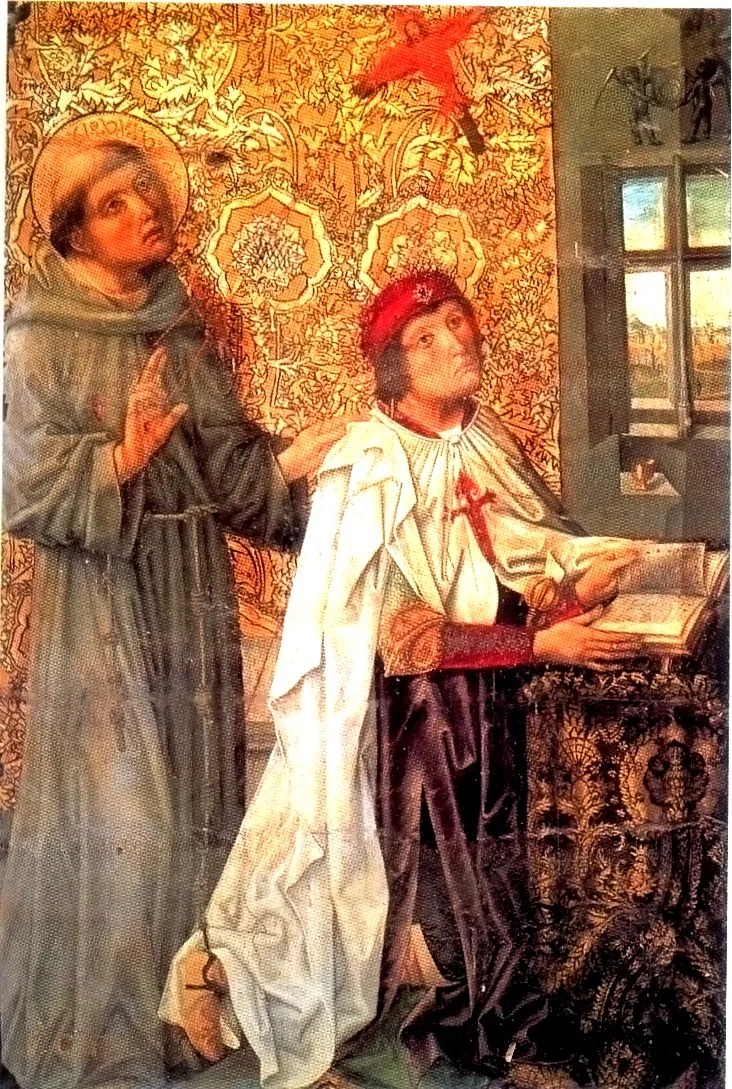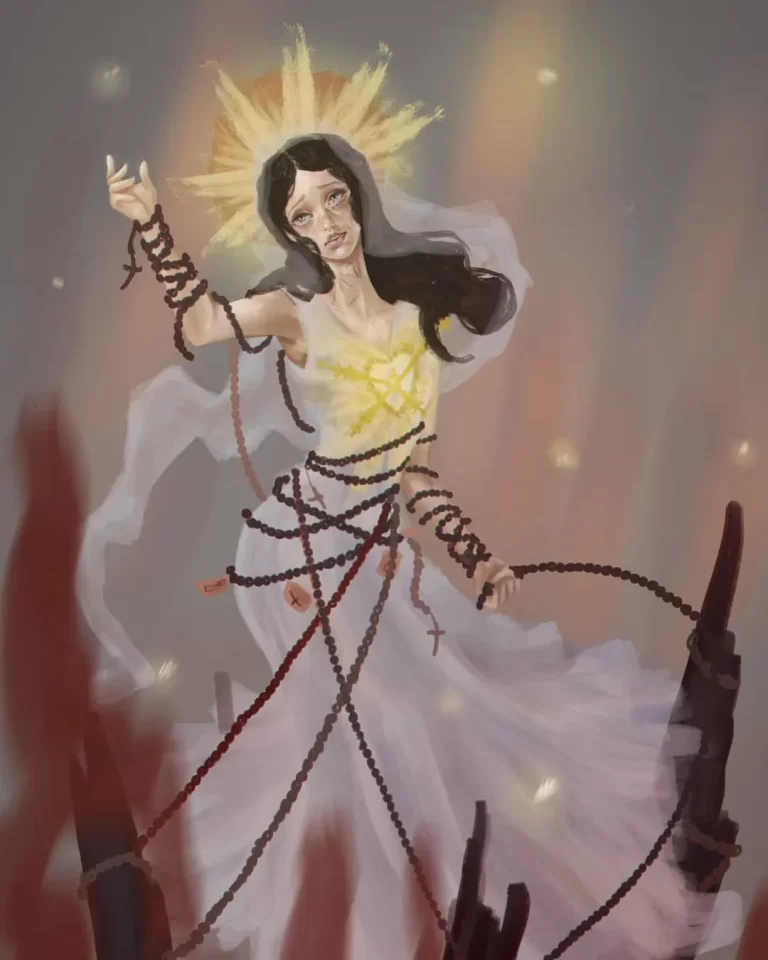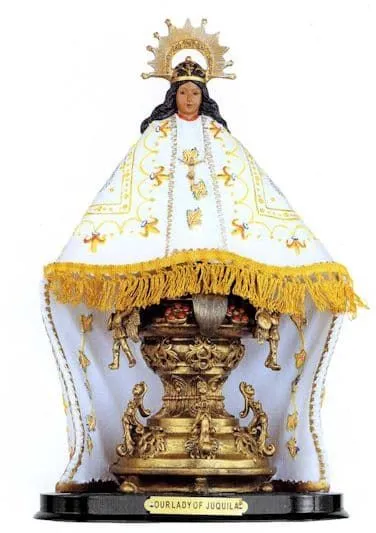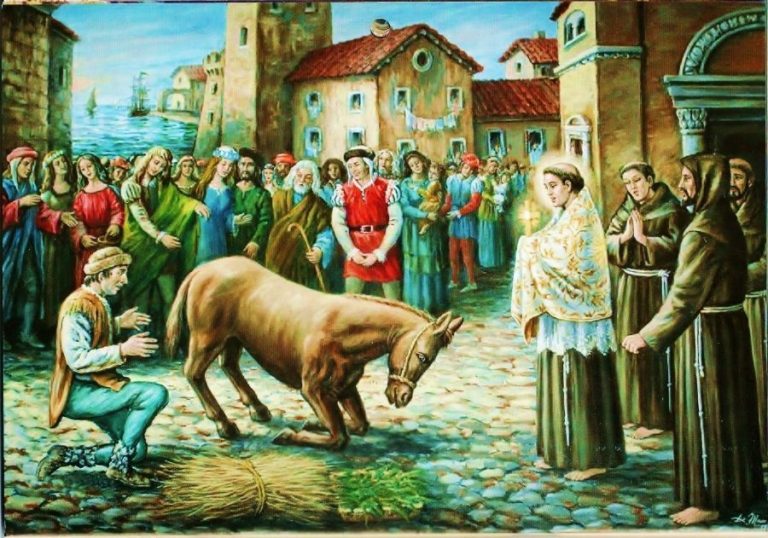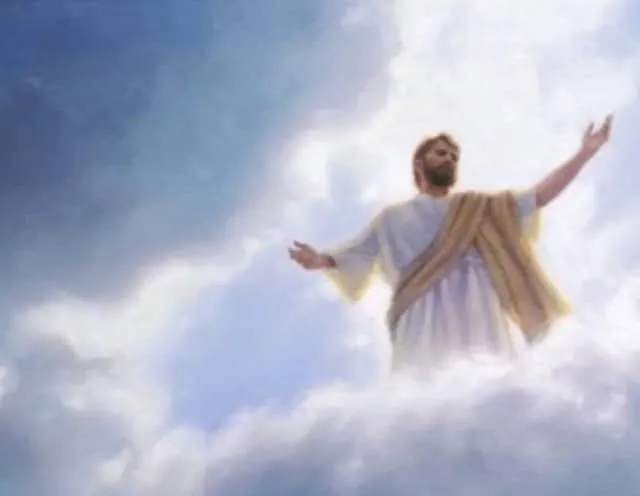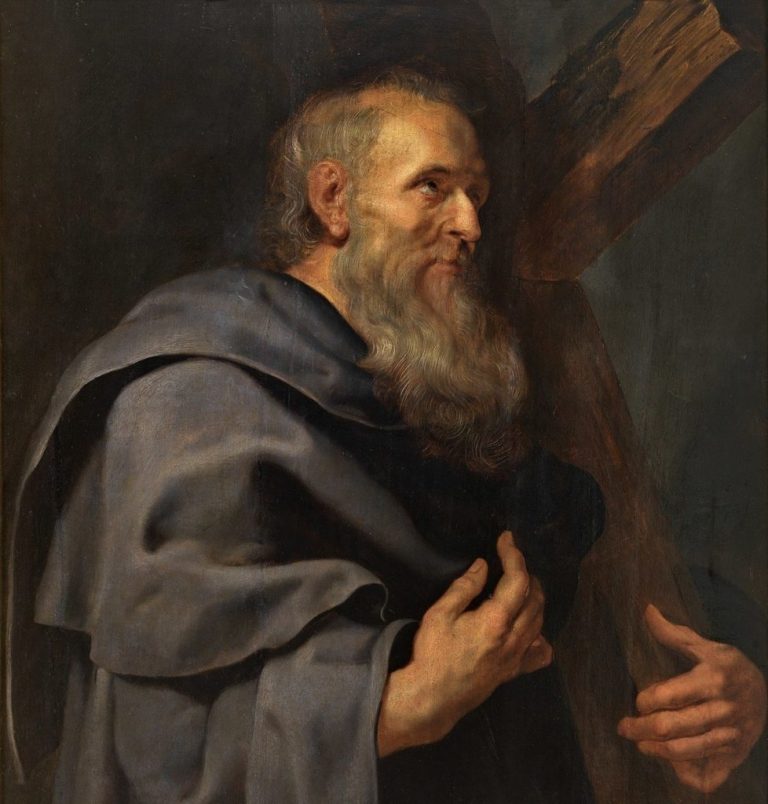All about Saint Álvaro of Córdoba: Life and Work
Álvaro de Córdoba was a Spanish religious and preacher who showed due obedience to the precepts of the Dominican Order of which he was a part. The foundation of the Scala Coeli Monastery and the Via Dolorosa will become the most significant works of San Álvaro as he is best known. To know more about his life and work you need to continue this reading.
Life of Blessed Saint Álvaro of Córdoba
Blessed Álvaro de Córdoba came into the world in the middle of the 14th century, in Zamora (1360) and was reached by death in Córdoba in 1430. He was part of the aristocratic Cardona family and in 1368 he entered the Dominican monastery of San Pedro in Cordoba. He gained renown and was an ardent preacher, and with his conduct and his works, he brought an enormous contribution to the reform of the Order, begun by Blessed Raymond of Capua and his proselytes.
After returning from his pilgrimage to the Holy Land, he was deeply affected in his heart by the arduous Way of Calvary, which our Redeemer had to travel.
Anxious to lead a solitary and perfect life, in which to habituate the spirit for a more profitable apostolate, with the help of King D. Juan II of Castile, of whom he was confessor, he was able to create three miles from Córdoba the famous and disciplined Monastery of Sto. Domingo Scala Coeli, in which there were various oratories that imitated the “via Dolorosa”, worshiped by him in Jerusalem.
This sacred symbolization was repeated in other monasteries, thus giving rise to the beautiful devotion of the “Via Crucis”, highly appreciated in Christian devotion. At nightfall, he retired to a grotto far from the monastery in which, emulating his Sto. Father Domingo, he prayed and flogged himself.
As time passed, it became a place of pilgrimage for devotees. He had the gift of prophecy and produced miracles. He passed away on February 19 and was buried in his monastery. Pope Benedict XIV authorized the veneration of him on September 22, 1741.
Works of San Álvaro
At the beginning he leads his existence between the cloister and teaching at the University of Salamanca. At the beginning of the fifteenth century he left the chair to travel the paths of Spain, Provence, Savoy and Italy, passionate and restless and with Pauline industriousness, prompted by the urgency of the apostolate.
The time is difficult, infamous; the black plague ran through Europe ravaging it and emptying the monasteries that later tried to be filled with unprepared people with which religious rigidity declined. The degradation of customs is a fact that has become general; the shepherds sleep.
There are, with airs of legality, three pontificates; some recognize the Avignon pope as official, some the one in Rome, and others the one in Pisa. Álvaro is hurt from the soul; he preaches, contemplates, prays and does penance for the long-awaited union.
He establishes the Monastery of Scala Coeli about seven kilometers from Córdoba, which is the initial of the reformed of the Dominican Order that will soon expand with Portaceli in Seville. Seduced by the Passion of Christ, the one that led him to the Holy Land, he places “steps” that recall the Passion of Jesus in the Sierra de Córdoba from Gethsemane to the cross of Golgotha.
Restoring the Faith
Returning to Spain, he was appointed confessor to the sovereign Catherine of Lancaster and her son John II. However, Álvaro promptly leaves the court since he wants the Dominican reform. Obtained permission to found reformed monasteries in the kingdoms of Spain; Martin V designates him superior of all the reformed Dominican monasteries in Spain.
After establishing the Scala Coeli Monastery, his initial order would be composed of him and seven other friars, who would make supreme efforts to bring life to that space. This monastery had its drawbacks at the time of the construction, since both the alms of the monarchy and that of the society of Córdoba were running out.
It is for what and according to what is said, a grace of God, at the request of the friar of Córdoba, will spread those Holy Places (as he would later call them) of the material required for their construction.
Fray Álvaro de Córdoba, when choosing the site of the monastery, selected the space most similar to the orography of Jerusalem. That is why he establishes many hermitages in its vicinity. Specifically, there were three: Cueva de Getsemaní (currently called Hermitage of San Álvaro), located east of the monastery behind the valley of the Cedrón torrent, and on top of the hill on which tradition indicates that San Álvaro ascended and descended on his knees. praying.
The other two were the Hermitage of the Holy Cross to the north of the monastery and the Hermitage of Santa María Magdalena located to the west on the adjacent hill, both intended for the recollection and prayer of the Blessed of Córdoba.
Undoubtedly his most significant work would be the one he developed on Mount Calvary (to the south of the monastery) and which he imitated with his three crosses (currently they were rebuilt), the Mount on which Jesus was taken to the cross. To this Monte Calvario, and starting from the Sanctuary, Álvaro de Córdoba completed what would be the first Via Crucis in the West, currently retaining said distinction.
The Via Dolorosa
Piously pray, reflect and repeatedly go through the different instants or steps or stations of the heartbreaking journey of the Lord. For Álvaro and his religious, it was the “Via Dolorosa”. Subsequently, the Dutch Adricomio and Fr. Daza will provide the form and establish fourteen stages of the first Via Crucis that Leonardo de Porto Mauricio would also make known later in Italy, bringing the idea from Spain.
The Scala Coeli Monastery is a place of pilgrimage for those people who, at every opportunity from more remote places, spend sleepless nights, pray, sob their sins, ask for absolution, atone and then sing.
From the Via Dolorosa the religiosity of the people of Andalusia obtained good influence and teaching for its Macarenas, its Christs on the cross and its “steps” of Holy Week. That definitely managed to open such an immense furrow in the Christian Andalusian soul as the cracks that the gouges of Martínez Montañés, Juan de Mesa and Cristóbal de Mora carved in the wood.
Death and Exaltation of Saint Álvaro
The following legend is related that according to the chroniclers it became a miracle.
«Álvaro was returning from his evangelizing task in the city, when he found on the ground a dying and hungry beggar whom he invited to accompany him to the monastery. This one, not even being able to get up, caused the friar to cover him with his cape and carry him on his shoulders.
Arriving at the entrance of the sanctuary, he discovers that what he carried on his shoulders was the Crucified Christ himself, the one who, according to tradition, is still revered today in the church of the monastery.»
Fray Álvaro de Córdoba would die after his seventy years, on February 19, 1430 in his blessed place due to a progressive and painful suffering.
The Bishop of Córdoba authorized his veneration in 1603. The Dominican Order, outstanding people and people asked Rome for his sanctification and the Sacred Congregation of Rites demanded reports about his cult from Bishop Alfonso de Salizanes y Medina in order to justify the same. By virtue of the proceedings carried out before Pope Benedict XIV, he validated the approval of his devotion as blessed in 1741 for Córdoba and the Order of Santo Domingo.
From that date, the adoration of San Álvaro and the Christ of the same denomination is expressed in a popular way in Córdoba through the renowned Pilgrimage of Santo Domingo.

Hello! Let me enthusiastically introduce myself as a dedicated blogger fueled by an intense passion for meticulously crafting insightful and well-researched blogs. My mission revolves around providing you, dear readers, with a veritable treasure trove of invaluable information.

